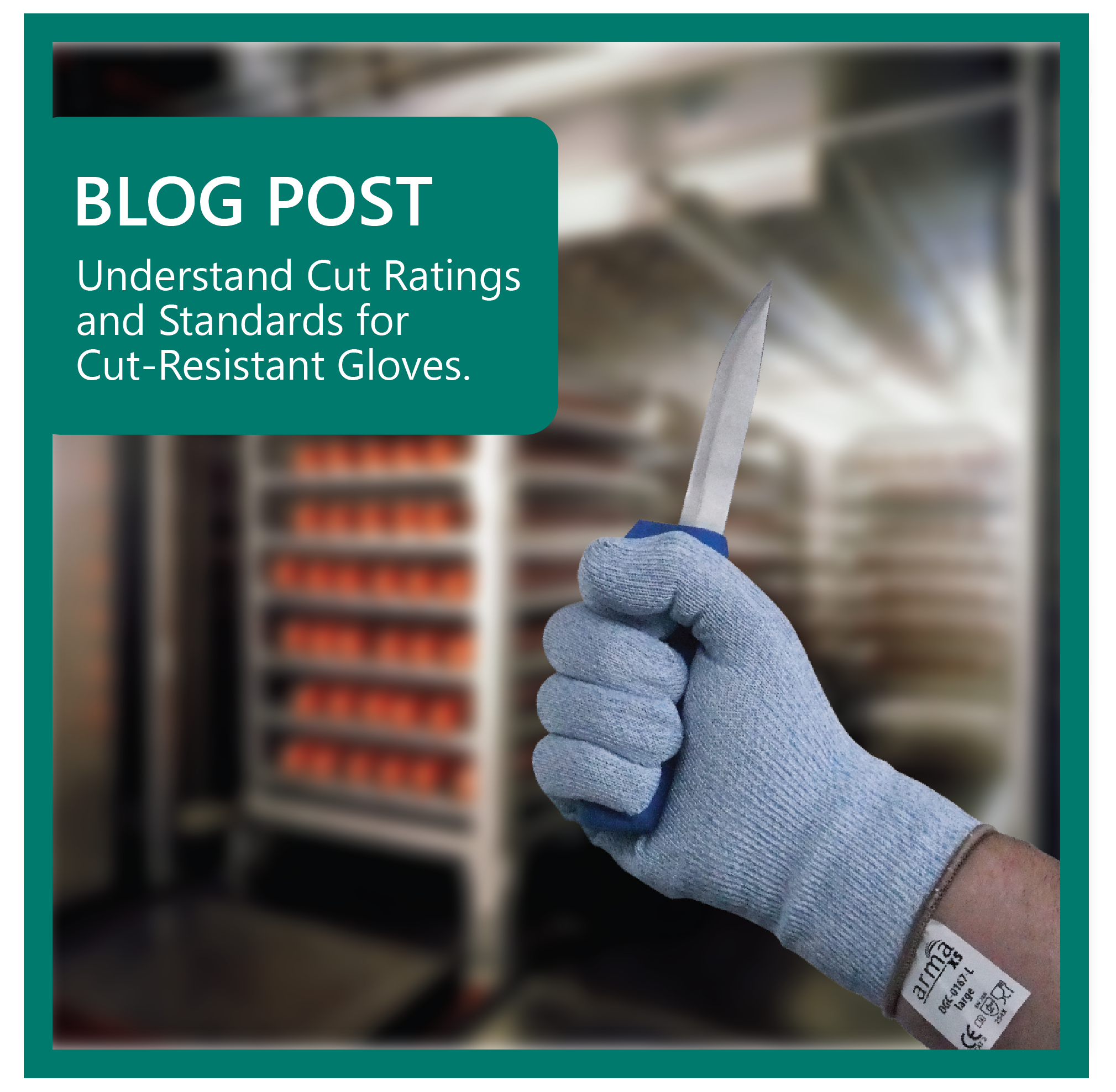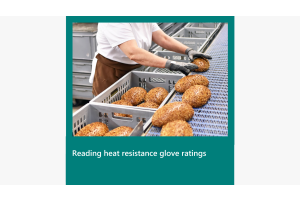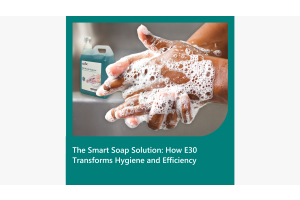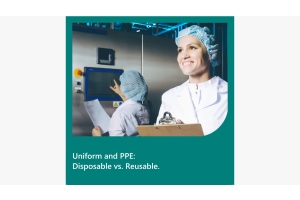Monthly Archives: May 2023
-
Posted: May 30, 2023Read more »
Discover the future of hand protection with our XT7 Cut-Resistant Gloves. These advanced safety gloves blend the highest quality materials and innovative technology to bring you superior cut resistance, without compromising on comfort or dexterity.
Designed with the most demanding environments in mind, the XT7 gloves feature a groundbreaking blend of high-performance fibers and special tungsten filaments. This unique blend gives these gloves a robust and resilient quality that offers a superior EN388 cut level of F - the highest achievable level of cut resistance.
Despite this impressive level of protection, the XT7 gloves are light, flexible, and remarkably comfortable. Thanks to their 18-gauge knitting, these gloves are thinner and more pliable than most cut-resistant gloves on the market. They conform to your hand like a second skin, providing an exceptional level of dexterity and tactile sensitivity that enables precise handling of even
-
Posted: May 30, 2023Categories: Product ComparisonsRead more »
In the food industry, safety is paramount, and hand protection is no exception. Cut-resistant gloves are a critical component in ensuring worker safety. But with so many ratings and standards out there, it can become confusing to navigate and understand them all. In this blog post, we aim to simplify and explain the different cut ratings and standards, both old and new, that dictate the level of protection offered by cut-resistant gloves.
Understanding Cut Ratings and Standards
Before diving into specifics, it's essential to understand what cut ratings are and why they matter. In simple terms, cut ratings indicate the level of cut resistance offered by a glove. Higher cut ratings mean that the gloves offer better protection against cuts. These ratings are standardized by various bodies, each with different testing methods and rating systems.
1. EN388 (European Standard)The EN388 standard is a popular and widely






